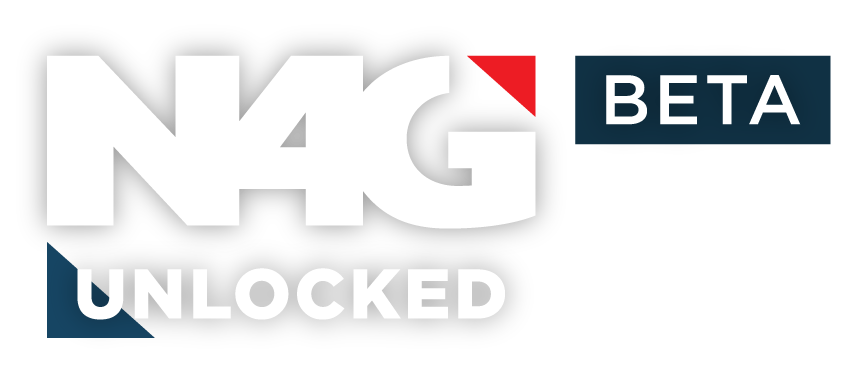In Valorant, the debate surrounding anti-aliasing settings is pivotal to enhancing the gaming experience. The decision to turn anti-aliasing on or off can significantly impact both casual and competitive players. Let’s delve into the intricacies of this graphic setting to help you make an informed choice tailored to your gaming preferences.
Should I Turn Anti-Aliasing On or Off in Valorant?
For casual gamers seeking a visually immersive experience, enabling anti-aliasing in Valorant is generally recommended. However, the landscape shifts for competitive gamers, where disabling anti-aliasing can stabilize frames per second (FPS) and frame time. The competitive esports arena often prioritizes performance over graphical embellishments, focusing on the essentials for optimal gameplay.
In essence, a pro gamer prioritizes minimal distractions, ensuring the technical performance does not compromise their prowess as athletes. In contrast, casual gamers face the question of whether their hardware can handle the increased graphics quality.
Anti-aliasing is a post-processing filter applied in Valorant’s graphics settings to smooth out sharp edges in a frame. This process occurs after the graphics card renders the frame, enhancing the visual experience.
Does Anti-Aliasing Affect FPS in Valorant?
The impact of anti-aliasing on frames per second is notable in Valorant. While it enhances image quality, it simultaneously places a load on the GPU, affecting frame calculation. The degree of impact varies based on the graphics card’s strength. For those with lower-end systems striving for every FPS, it is advisable to keep anti-aliasing deactivated. Conversely, users with high-end systems can afford to enable it, especially if they significantly exceed their monitor’s refresh rate.
What Are the Best Anti-Aliasing Settings for Valorant?
If you turn on anti-aliasing in Valorant, the recommended setting for optimal visual clarity is MSAA X2. This setting balances enhanced image quality and system resource utilization, providing a smoother and more refined gaming experience.
Do the Pros Turn Anti-Aliasing On or Off in Valorant?
Competitive players tend to turn off anti-aliasing and unnecessary graphical effects to maintain stability in FPS and latency. While anti-aliasing can create a more visually appealing environment, the advantages of increased enemy visibility with it disabled often outweigh the aesthetic improvements.
Renowned streamers prioritize visual quality over performance, aiming to deliver the best possible experience to their viewers. Streamers like Shroud and Ninja, equipped with high-end systems, can afford to enable anti-aliasing without significant FPS concerns.
Turning anti-aliasing on or off becomes strategic for those engaged in competitive gaming. However, casual gaming and streaming choices are subjective and center on personal preferences for enhanced visual aesthetics. Understanding the nuances of anti-aliasing empowers gamers to tailor their settings to their desired balance between performance and visual appeal.
You should also read Valorant Best Stretched Resolution, How to Unlock Agents in Valorant, and Valorant Best Support Agents.



 0 Comments
0 Comments 